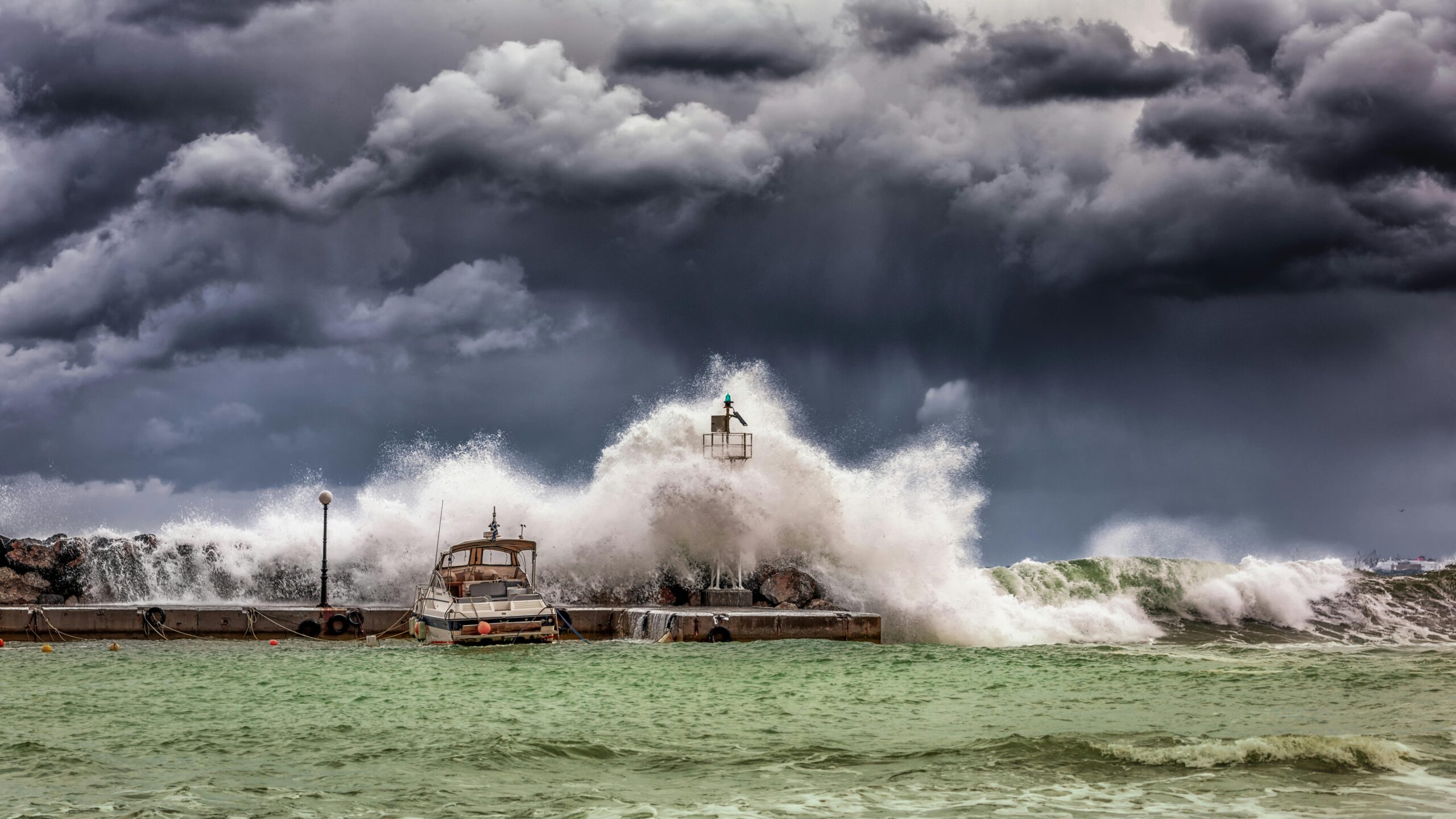Hurricane Beryl, once a formidable Category 5 storm, has left a trail of destruction in its wake as it continues its path towards the Yucatan Peninsula. The storm, now classified as a Category 3, has significantly impacted Jamaica, leaving more than half of the island without power.
Beryl’s ferocious winds, recorded at up to 115 mph, and relentless rain lashed Jamaica, causing widespread power outages and structural damage. The U.S. embassy in Jamaica confirmed that over 60% of the island’s population is currently without electricity, compounding the challenges faced by residents in the aftermath of the storm.
In the hours following Beryl’s passage, the extent of the damage became clear. Uprooted trees littered the streets, and several ships in the marina were sunken or severely damaged. The storm surge caused significant flooding, turning normally tranquil Caribbean waters murky with sediment. Reports indicate that many areas are experiencing contaminated water supplies, raising concerns about access to clean drinking water.
Restoration of power and clean water is a priority for Jamaican authorities. Emergency crews are working to clear debris from roads and repair downed power lines. However, the scale of the damage means that it could take several days or even weeks before full services are restored.
The damage inflicted by Beryl has drawn comparisons to previous hurricanes, most notably Hurricane Ivan, which struck the island two decades ago. While Beryl’s impact is severe, preliminary assessments suggest that the damage may not be as catastrophic as Ivan’s. Nonetheless, the disruption to daily life and the economic toll are substantial.
As Beryl moves away from Jamaica, it is now headed towards the Yucatan Peninsula. Meteorologists predict that the storm will maintain its Category 3 status as it approaches, with potential to strengthen once it re-enters the Gulf of Mexico.

